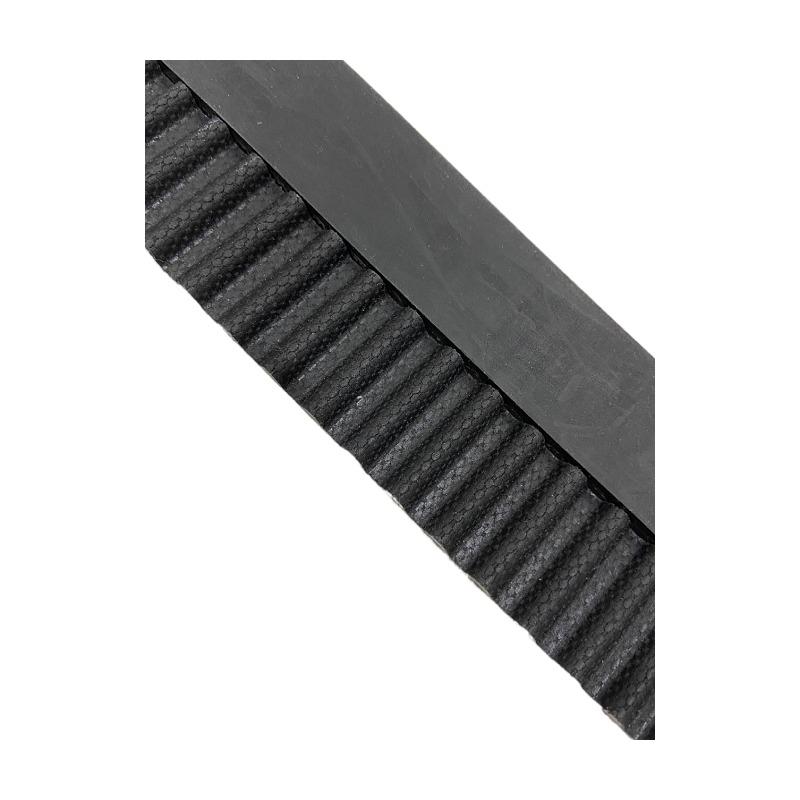- Arabic
- French
- Russian
- Spanish
- Portuguese
- Turkish
- Armenian
- English
- Albanian
- Amharic
- Azerbaijani
- Basque
- Belarusian
- Bengali
- Bosnian
- Bulgarian
- Catalan
- Cebuano
- Corsican
- Croatian
- Czech
- Danish
- Dutch
- Afrikaans
- Esperanto
- Estonian
- Finnish
- Frisian
- Galician
- Georgian
- German
- Greek
- Gujarati
- Haitian Creole
- hausa
- hawaiian
- Hebrew
- Hindi
- Miao
- Hungarian
- Icelandic
- igbo
- Indonesian
- irish
- Italian
- Japanese
- Javanese
- Kannada
- kazakh
- Khmer
- Rwandese
- Korean
- Kurdish
- Kyrgyz
- Lao
- Latin
- Latvian
- Lithuanian
- Luxembourgish
- Macedonian
- Malgashi
- Malay
- Malayalam
- Maltese
- Maori
- Marathi
- Mongolian
- Myanmar
- Nepali
- Norwegian
- Norwegian
- Occitan
- Pashto
- Persian
- Polish
- Punjabi
- Romanian
- Samoan
- Scottish Gaelic
- Serbian
- Sesotho
- Shona
- Sindhi
- Sinhala
- Slovak
- Slovenian
- Somali
- Sundanese
- Swahili
- Swedish
- Tagalog
- Tajik
- Tamil
- Tatar
- Telugu
- Thai
- Turkmen
- Ukrainian
- Urdu
- Uighur
- Uzbek
- Vietnamese
- Welsh
- Bantu
- Yiddish
- Yoruba
- Zulu
Sep . 07, 2024 10:48 Back to list
High-Quality Mower V Belts for Efficient Lawn Care
Understanding Mower V Belts Essential Components for Efficient Lawn Care
When it comes to maintaining a lush and vibrant lawn, the right tools are essential. Among these tools, lawn mowers play a pivotal role, and one of their critical components is the V belt. In this article, we will delve into the importance of mower V belts, their types, and maintenance tips to ensure your lawn care equipment runs efficiently.
What are Mower V Belts?
Mower V belts are durable rubber belts used to transfer power from the engine of a lawn mower to its cutting blades, ensuring grass is cut effectively. The V shape of the belt allows it to grip pulleys securely, providing efficient energy transfer. Without the proper functioning of these belts, even the most advanced lawn mower would struggle to perform optimally.
Types of Mower V Belts
There are several types of V belts available, each designed for specific applications. The most common types utilized in lawn mowers include
1. Standard V Belts Made from rubber with a simple V-shaped design, these are suitable for most residential mowers, providing a good balance between cost and performance.
2. Heavy-Duty V Belts Designed for commercial or heavy-duty mowers, these belts are constructed with reinforced materials to withstand greater stress and wear. They are ideal for frequent use and tougher mowing conditions.
3. Cogged V Belts With notches along the inner surface, cogged V belts provide better flexibility and grip around pulleys. They are often used in mowers that have smaller pulleys to minimize slippage and improve performance.
Signs of Worn V Belts
Keeping an eye on the condition of your mower's V belts is crucial for maintaining its performance. Here are some signs that your V belts may need replacement
mower v belts

- Cracks or Fraying Inspecting the belts regularly can help identify cracks or fraying, which are indicators of wear. If the belt is damaged, it may not function effectively.
- Squeaking Noises If you hear a squeaking sound when the mower is running, it could be a sign that the belt is slipping or has become too loose.
- Inefficient Cutting If your lawn mower struggles to cut grass evenly or requires more power, it may be due to a worn-out or damaged V belt.
Maintenance Tips
To prolong the life of your mower's V belts and ensure consistent performance, consider the following maintenance tips
1. Regular Inspections Examine your V belts at the beginning and end of each mowing season. Look for signs of wear and replace them if necessary.
2. Keep Pulleys Clean Dirt and debris can cause belts to slip. Make sure to regularly clean the pulleys and the area around them.
3. Correct Tension Ensure that your V belts are properly tensioned. Too much slack can cause them to slip, while excessive tension can lead to premature wear.
4. Use OEM Parts When replacing V belts, it's advisable to use original equipment manufacturer (OEM) belts. They are designed specifically for your mower, ensuring optimal performance and reliability.
Conclusion
Mower V belts are vital for the smooth operation of lawn mowers. Understanding their types, recognizing the signs of wear, and implementing maintenance practices can significantly enhance the efficiency and longevity of your lawn care equipment. By taking care of these essential components, you can enjoy a well-groomed lawn all season long. Caring for your mower isn’t just about cutting grass; it’s about investing in the health and beauty of your outdoor space.
-
Korean Auto Parts Timing Belt 24312-37500 For Hyundai/Kia
NewsMar.07,2025
-
7PK2300 90916-T2024 RIBBED BELT POLY V BELT PK BELT
NewsMar.07,2025
-
Chinese Auto Belt Factory 310-2M-22 For BMW/Mercedes-Benz
NewsMar.07,2025
-
Chinese Auto Belt Factory 310-2M-22 For BMW/Mercedes-Benz
NewsMar.07,2025
-
90916-02660 PK Belt 6PK1680 For Toyota
NewsMar.07,2025
-
drive belt serpentine belt
NewsMar.07,2025

